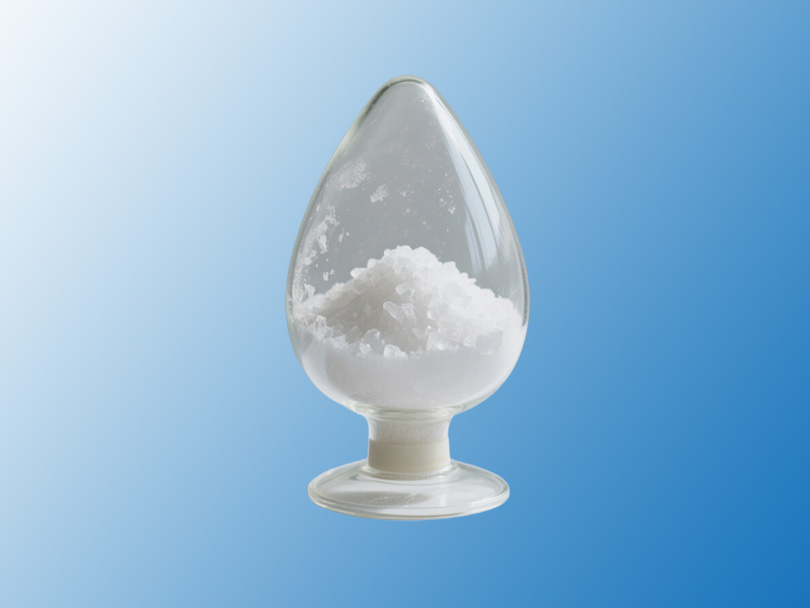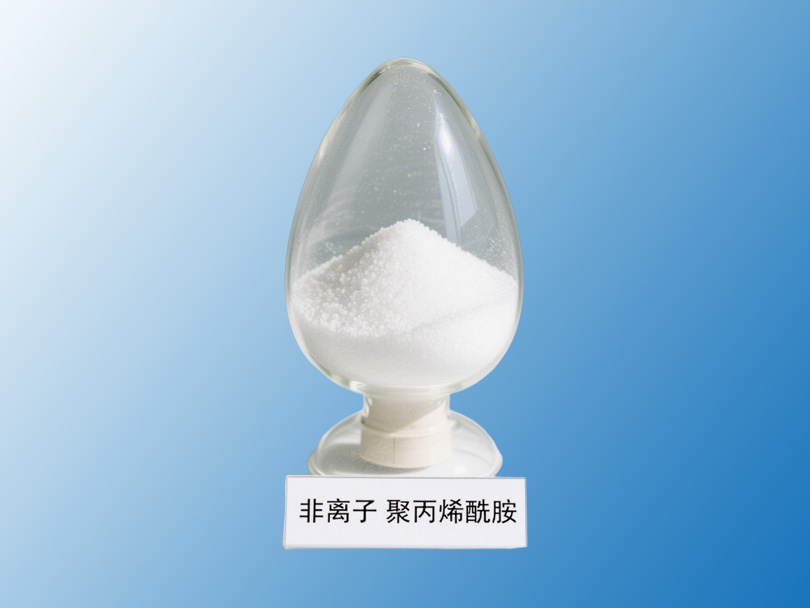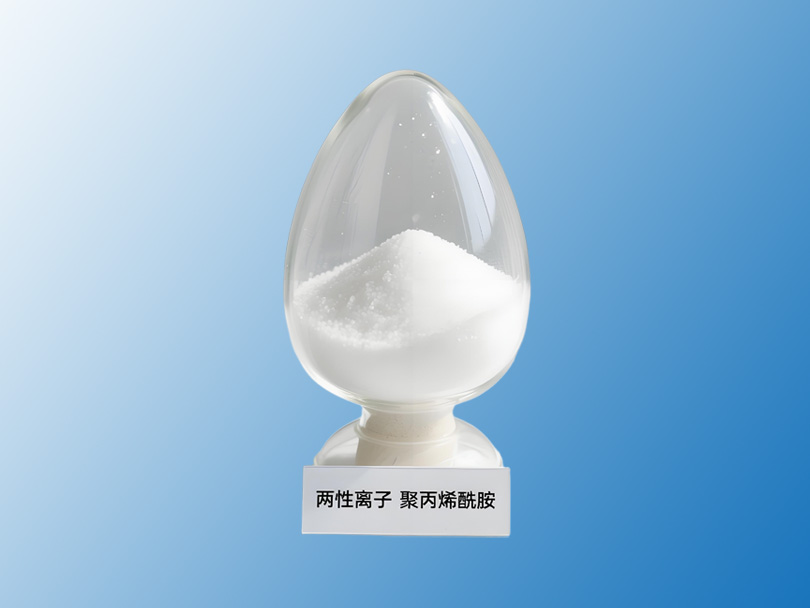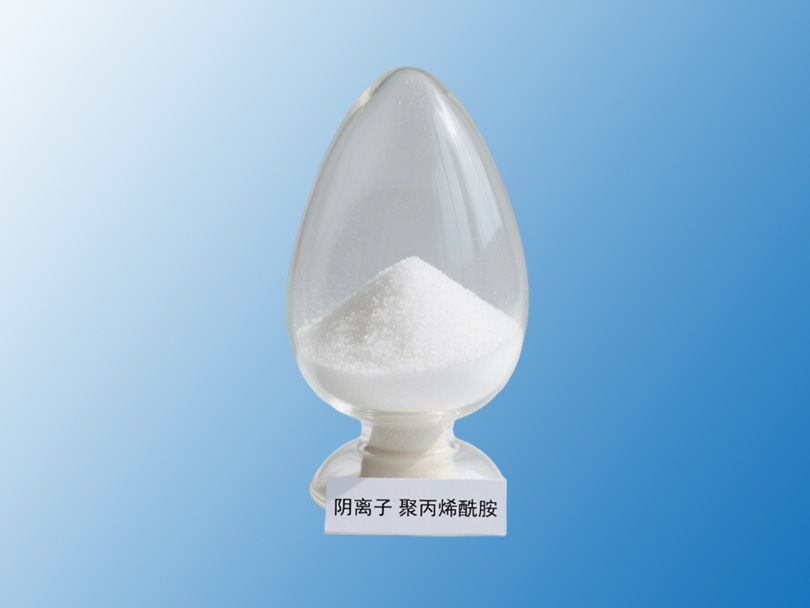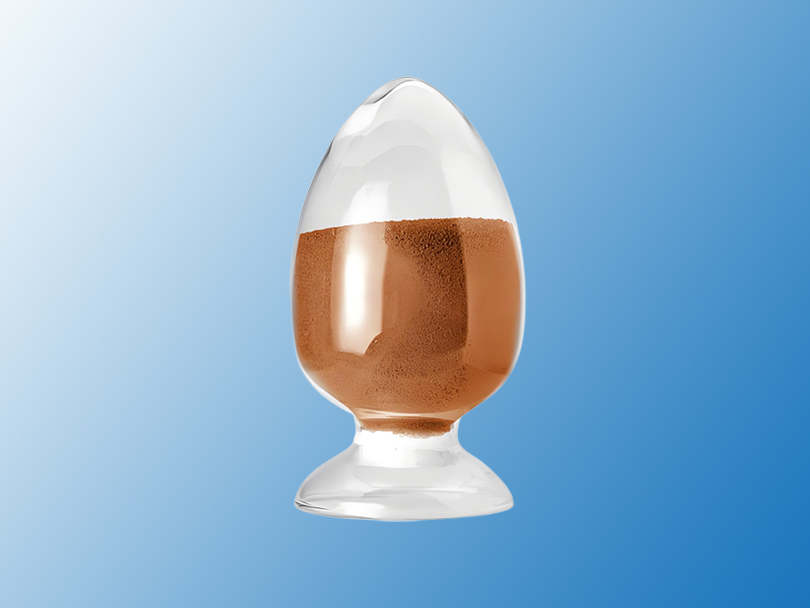The working principle of industrial salt runs through multiple fields. Starting from its characteristics and combining with different application scenarios, I will introduce the underlying logic of its effectiveness in a more concise and intuitive way.
1. Basic principles of chemistry: The main component of industrial salt is sodium chloride (NaCl), which dissociates into sodium ions (Na ⁺) and chloride ions (Cl ⁻) in water. These two ions are the key to the effectiveness of industrial salt. The presence of ions makes their aqueous solutions conductive and can also undergo chemical reactions with other substances, thereby achieving different functions.
2. In the field of chemical production: In the chlor alkali industry, when electrolyzing saturated saline solution, chloride ions lose electrons at the anode to generate chlorine gas, while hydrogen ions in the water gain electrons at the cathode to generate hydrogen gas. The remaining hydroxide ions combine with sodium ions to form caustic soda, which converts industrial salt into important chemical raw materials through electrolysis reaction. In the production of soda ash, industrial salt reacts with ammonia and carbon dioxide to produce sodium bicarbonate precipitate, which is then calcined to obtain soda ash.
3. Road snowmelt field: Industrial salt absorbs heat when dissolved in water, and the freezing point of salt water is lower than that of water (such as a 3.5% NaCl solution with a freezing point of about -2 ℃). Scattered on snowy roads, it not only dissolves and absorbs heat to promote the melting of ice and snow, but also lowers the freezing point of melted water, preventing it from refreezing and keeping the road clear.
4. In the field of textiles and leather: During the textile dyeing process, sodium ions in industrial salts can compete with dye anions for surface charges on fibers, reducing electrostatic repulsion between dye molecules and helping dyes better adhere to fibers, thereby improving the dyeing effect; In leather tanning, industrial salt can dehydrate raw leather, inhibit microbial growth, and assist in the penetration of tanning agents, making leather soft and corrosion-resistant.
5. In the field of metal processing and anti-corrosion: During steel heat treatment, industrial salt serves as the heating medium for salt bath furnaces, which can evenly transfer heat, ensure rapid and uniform heating of metal workpieces, and prevent surface oxidation of workpieces; However, in humid environments, industrial salt solutions can damage the oxide film on the metal surface, form an electrolyte environment, and accelerate the electrochemical corrosion of metals. Therefore, protective measures need to be taken.
6. In the field of water treatment: In the ion exchange softening water process, sodium ions in industrial salts can replace calcium and magnesium ions adsorbed on the resin, restoring the resin's ability to soften water; In sewage treatment, an appropriate amount of industrial salt can regulate the salinity of the environment in which microorganisms are located, maintain the stability of activated sludge, and assist in sewage treatment.
